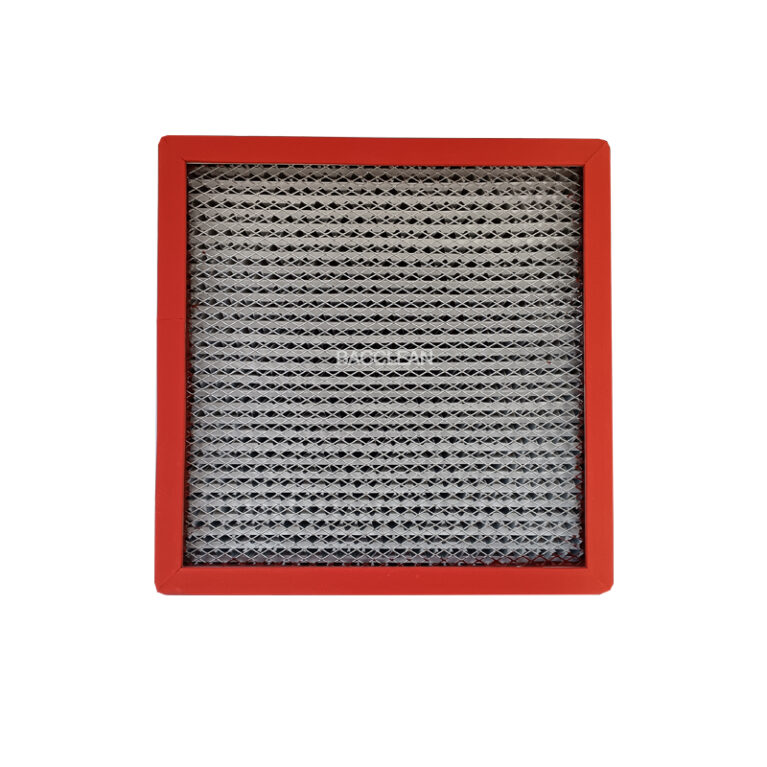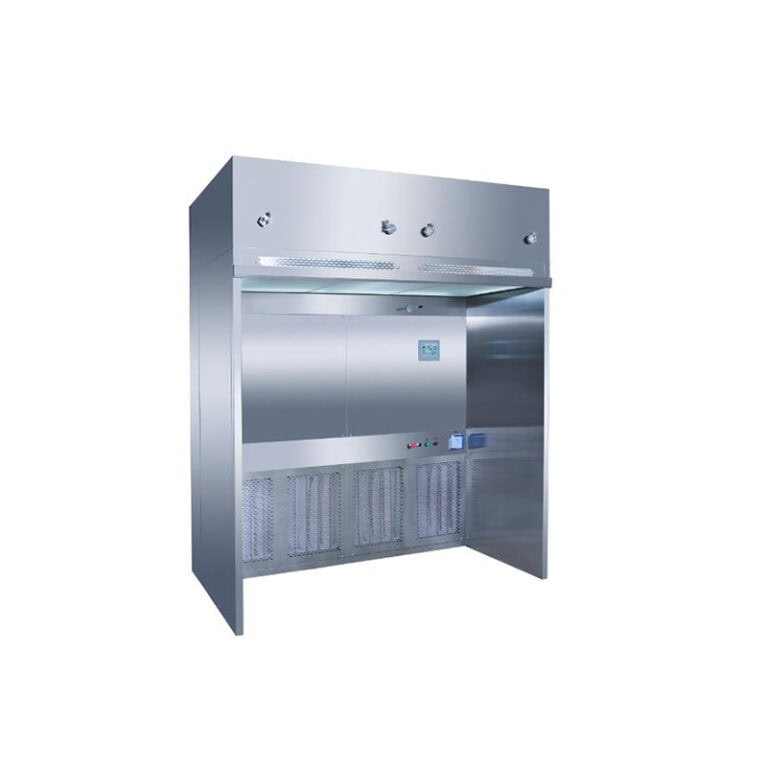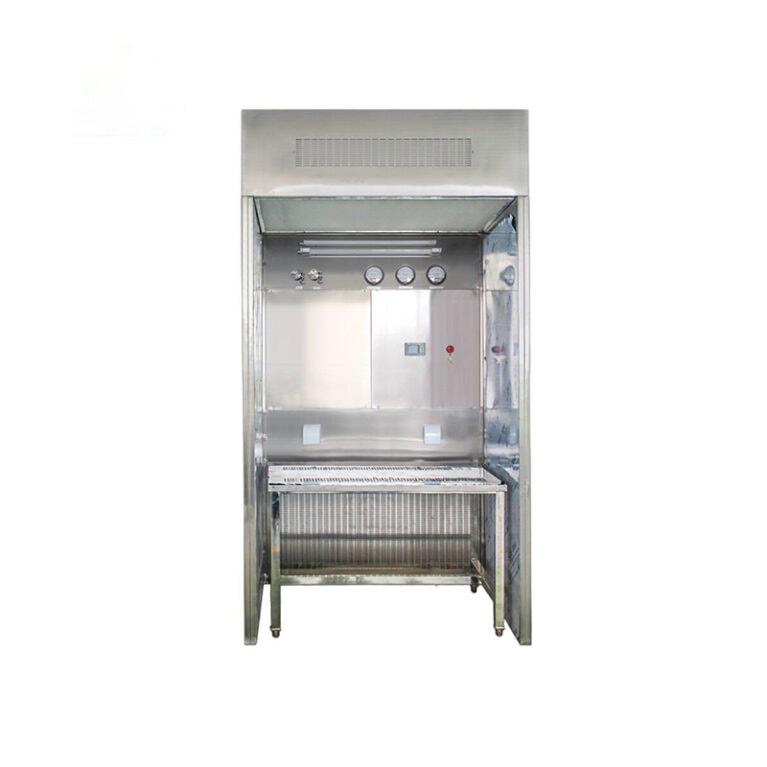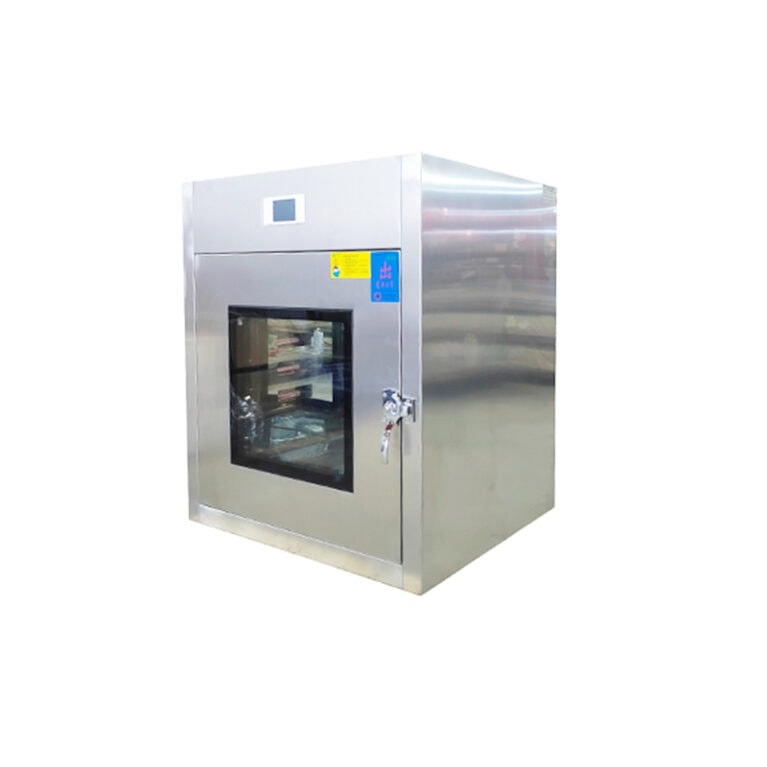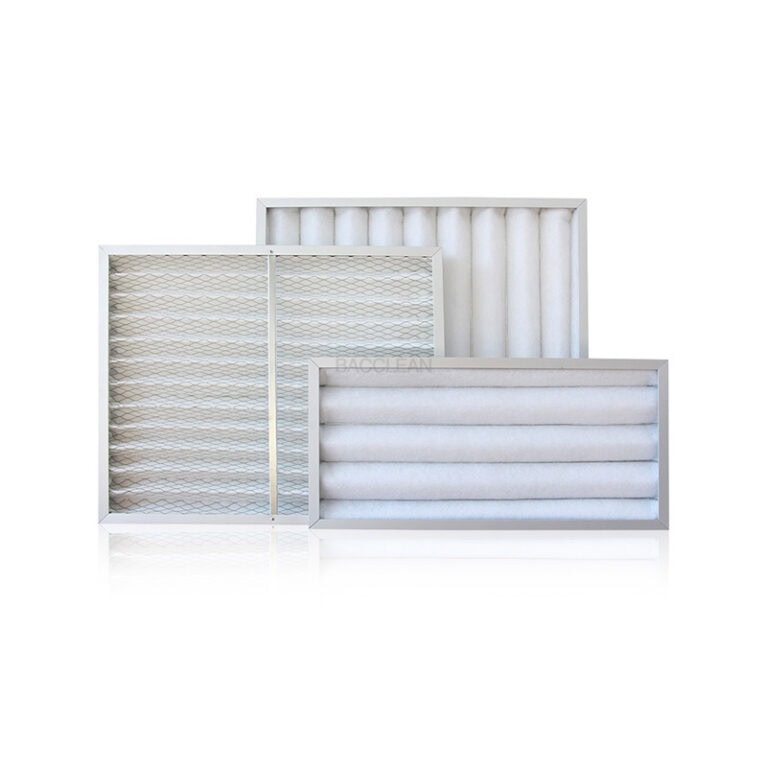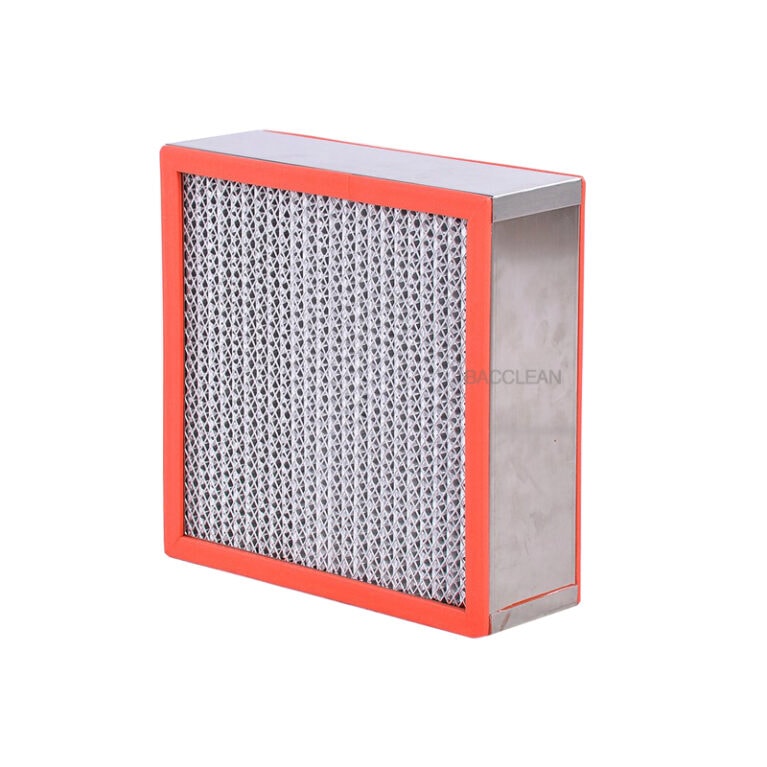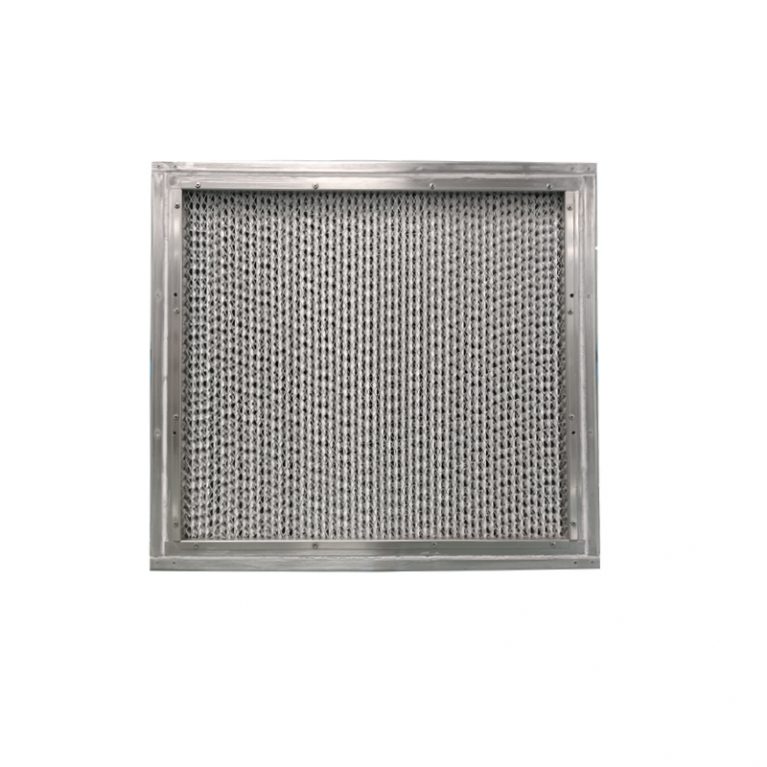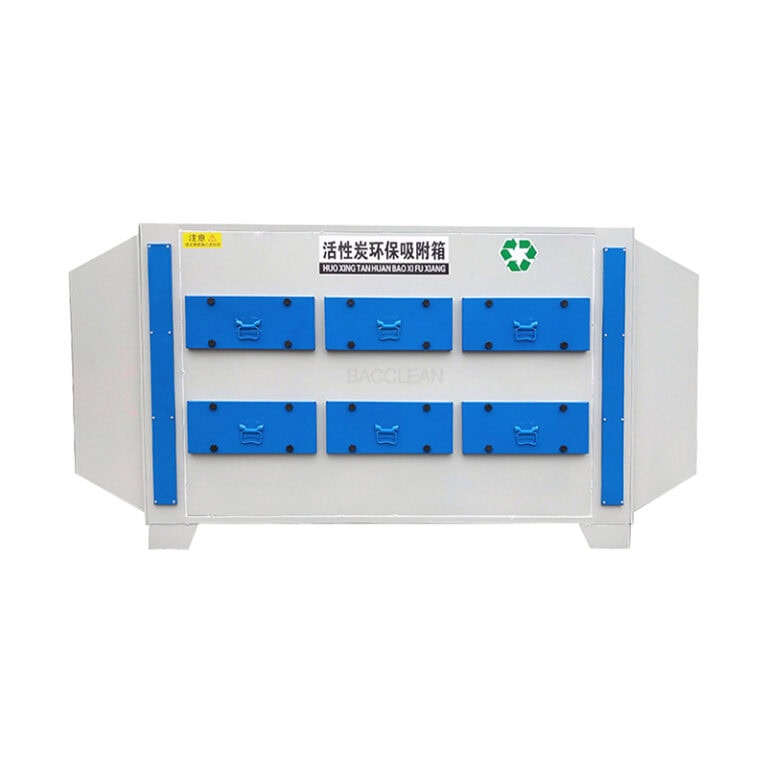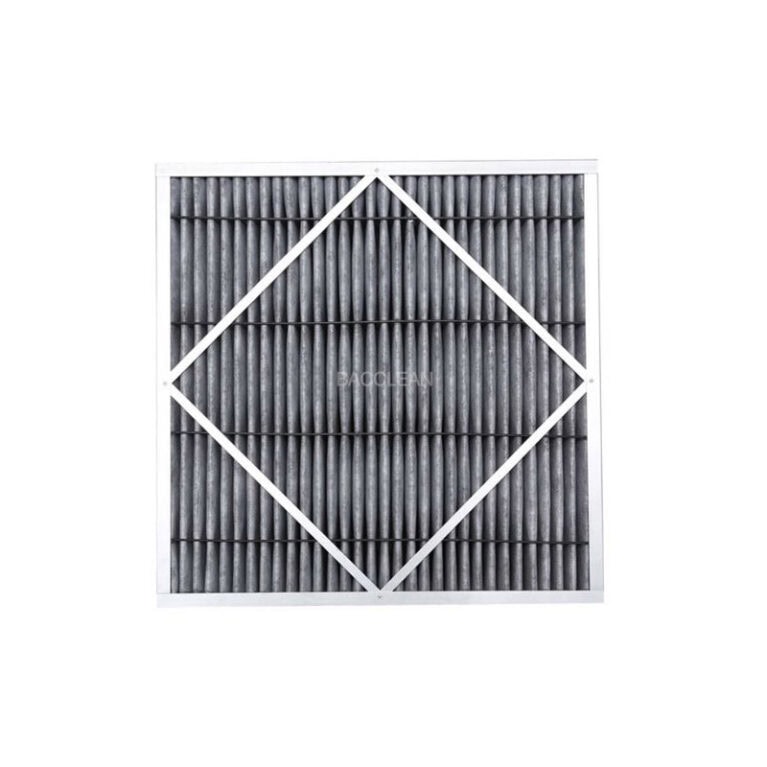Vertical flow workbenches are widely used in fields with strict requirements for environmental cleanliness, sterility, or precision due to their features, such as high local cleanliness, stable airflow orientation, and strong operational safety. Its core function is to form a “pollution isolation barrier” through vertical unidirectional clean air flow, which not only protects the operation object from external contamination but also reduces the impact of pollutants generated during the operation on the operator or the environment. The following are specific application fields and scenario descriptions:
I. مجال الطب الحيوي وعلوم الحياة
This is the most core application area of vertical flow workbenches, mainly used for aseptic operations and biosafety protection to prevent microbial contamination of experimental samples or operators.
Cell and tissue culture
During the inoculation, passage, and culture of animal cells and plant tissues (such as tissue culture seedlings), it is necessary to strictly avoid contamination by bacteria, fungi, and other microorganisms. The sterile airflow of the vertical flow workbench can create a Class 100 (≥0.5μm particles ≤100 per cubic foot) clean environment, ensuring the purity of the culture.
The operation of sensitive samples such as stem cells and genetically engineered cells has extremely high requirements for environmental cleanliness. A vertical flow workbench is an essential piece of equipment.
Microbiological experiment
For the isolation, identification, and inoculation experiments of bacteria, viruses, and fungi, it is necessary to prevent the samples from being contaminated by other microorganisms in the environment, and at the same time, avoid the spread of pathogenic microorganisms (combined with a semi-enclosed design, the exposure risk of operators can be reduced).
In the research and development, and preparation of vaccines, the culture and processing of virus strains must be carried out in a vertical flow workbench to ensure the purity of the vaccine and operational safety.
Clinical laboratory tests and pathological analysis
The preparation and staining process of pathological sections should avoid dust adhesion that may affect the observation results. Microbial testing of samples such as blood and cerebrospinal fluid should be carried out in a sterile environment for inoculation and culture to prevent interference from miscellaneous bacteria with the test results.
Ii. Pharmaceutical and Medical Device Industry
In compliance with GMP (Good Manufacturing Practice for Drugs) requirements, it is used for clean operations in drug production and medical device assembly, ensuring product quality and safety.
Pharmaceutical production
The raw material weighing, solution preparation, and filling of sterile preparations (such as injections and eye drops) should be carried out in a vertical flow workbench to prevent the drugs from being contaminated by microorganisms or particles.
The purification of traditional Chinese medicine extracts and the mixing of Western medicine powders should be carried out to prevent external dust from entering and affecting the purity of the drugs.
Medical device assembly and disinfection
The cleaning, assembly, and packaging of minimally invasive surgical instruments (such as laparoscopes and endoscopes) should be carried out in a clean environment. A vertical flow workbench can reduce the risk of postoperative infection.
The final assembly of implantable medical devices (such as heart stents and artificial joints) should avoid surface particles adhering to them, which may affect the safety of implantation.
Iii. Electronics and Precision Manufacturing Field
It is used for the production, assembly, and inspection of high-precision components to prevent dust particles from causing product performance failure.
Semiconductors and Microelectronics
During the packaging and wire bonding processes of chips and integrated circuits (ICs), tiny particles (≥0.1μm) in the air may cause short circuits or poor contact in the circuits. The high-efficiency filtration of the vertical flow workbench can meet the cleanliness requirements of Class 10 or even higher.
Precise soldering and surface mount operations of printed circuit boards (PCBS) should be carried out to prevent solder dross or dust from adhering and affecting circuit conductivity.
Optics and Precision Instruments
Grinding, coating, and assembly of optical lenses (such as camera lenses and microscope lenses) to prevent dust from scratching the surface or affecting the light transmittance.
The assembly of optical fiber connectors and sensors (such as pressure sensors and infrared sensors), where tiny particles may cause signal transmission failures, requires operation in a vertical flow environment.
IV. Food and Cosmetics Industry
It is used for raw material processing with high cleanliness requirements and product packaging to ensure the safety and stability of food and cosmetics.
Sterile food production
When repackaging probiotic preparations and infant formula milk powder, it is necessary to avoid microbial contamination that could lead to product deterioration. Mix the raw materials of health supplements (such as capsules and tablets) to prevent dust or foreign substances from entering.
Vertical flow workbenches can reduce the risk of bacterial contamination in the production environment for the final packaging of ready-to-eat sterile foods (such as airline meals and sterile canned foods).
Cosmetics and personal care products
The raw material blending and filling of high-end cosmetics (such as essence and eye cream) should be carried out to prevent mold or particles in the air from affecting product quality (especially products containing active ingredients are prone to contamination).
The production of medical skin care products (such as medical device-registered facial masks) must comply with medical device-level clean standards, and the vertical flow workbench is a key equipment.
V. Research and Analysis Testing Fields
Provide a pollution-free environment for high-precision experiments and tests to ensure the accuracy and reliability of experimental results.
Trace analysis experiment
In environmental monitoring, the detection of heavy metals (such as lead and mercury) and volatile organic compounds (VOCs) requires avoiding interference from pollutants in the air with the samples. A vertical flow workbench can reduce background pollution.
In drug analysis, for component determination (such as high-performance liquid chromatography detection), the sample preparation process must be carried out in a clean environment to prevent impurities from affecting the detection accuracy.
Materials Science Research
The preparation and characterization of nanomaterials (such as nanoparticles and carbon nanotubes): Tiny particles are easily disturbed by environmental dust. A vertical flow workbench can provide a stable operating environment.
The synthesis of biomaterials (such as tissue engineering scaffolds) should avoid microbial contamination that may affect the results of material biocompatibility experiments.
Vi. Other special fields
Aerospace: Ground assembly and testing of precision electronic components on satellites and spacecraft, simulating a clean space environment to prevent dust from causing equipment failure in space.
Nuclear medicine: Preparation and packaging of radioactive drugs. The vertical flow workbench combined with the exhaust system can reduce the risk of operators being exposed to radioactive substances.
الملخص
The core application of vertical flow workbenches is “creating local clean barriers”. The commonality of their applicable scenarios is that the operation objects are sensitive to microbial and particulate contamination, or the operation process needs to avoid the spread of contaminants. Different fields will choose different cleanliness grades (such as Class 100, Class 10) and structural designs (open/closed) according to their needs, but the core functions are all centered around “isolating pollution and ensuring accuracy”.

